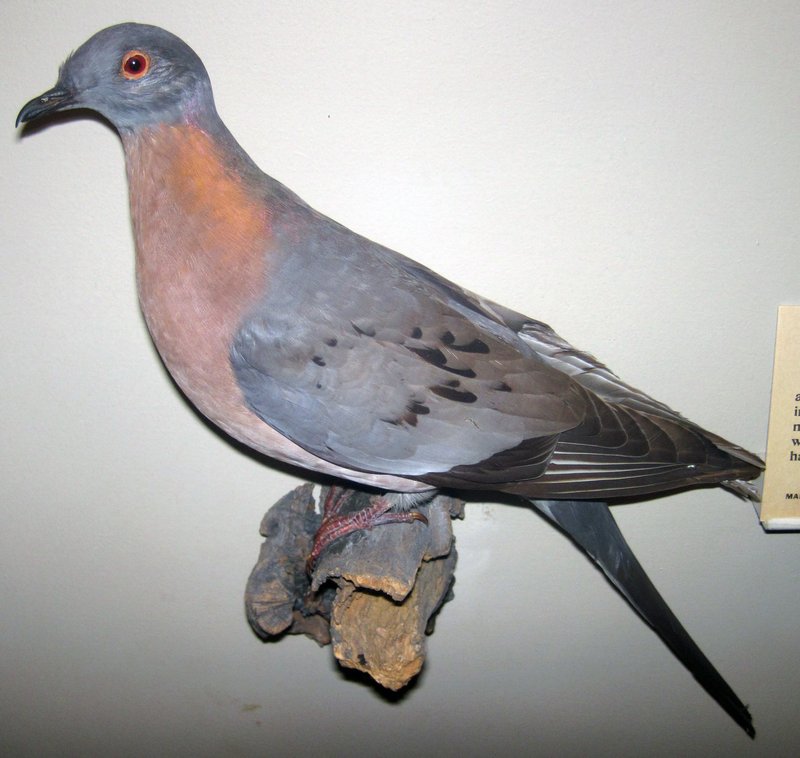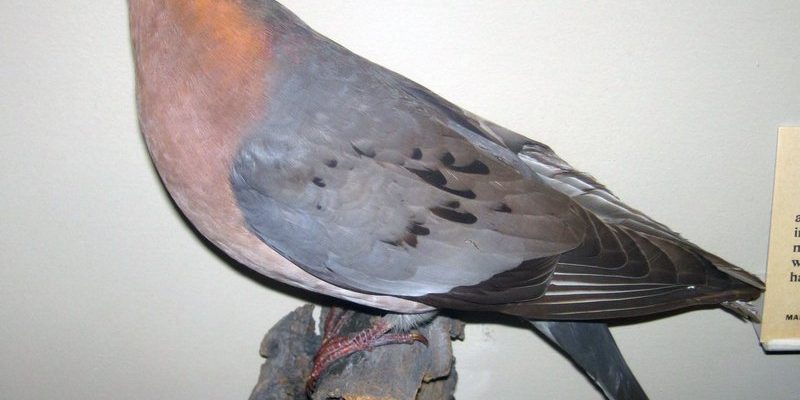
The tale of the passenger pigeon serves as both a reminder and a rallying cry for conservation efforts around the globe. Just a little over a hundred years ago, this magnificent bird filled the skies in numbers so large they could blot out the sun. Sadly, intense hunting and habitat destruction led to its extinction in the early 20th century. The passenger pigeon’s story reminds us that once a species is gone, it’s gone for good. But what if we could rewrite that story for other species currently on the brink? Let’s dive into the efforts being made to conserve what remains and learn how they reflect our ongoing battle to protect wildlife.
The Legacy of the Passenger Pigeon
Understanding the passenger pigeon’s past helps us appreciate why current conservation efforts are so crucial. Once, these birds migrated in flocks of billions, feeding on acorns and seeds scattered throughout North America. Their sheer numbers affected the ecosystem in ways that might not be immediately obvious. For instance, their droppings enriched the soil, promoting the growth of various plants.
Sadly, the *pigeon experience* took a dark turn in the late 1800s. Overhunting and deforestation decimated their populations. Historians say that by the early 1900s, there were only a few birds left. The last known passenger pigeon, named Martha, died in captivity in 1914. Her death marked a somber moment in history, underscoring the critical consequences of human impact on wildlife.
Now, with their extinction ingrained in our history, modern conservationists often look to this bird as a case study in what went wrong and how we can prevent it from happening again to other species. Learning from the past is essential in crafting strategies aimed at protecting those species still with us.
Why Conservation Matters Now More Than Ever
You might be wondering how this relates to today’s world. Here’s the thing: extinction isn’t just a thing of the past. Many animals face the same threats that passenger pigeons did. Habitat loss, climate change, and hunting still endanger countless species. Conservation efforts are about more than saving animals; they’re crucial for maintaining the balance of our ecosystems.
Every species plays a role, whether it’s pollinators like bees or top predators like wolves. Losing a single species can set off a chain reaction that impacts the entire ecosystem. This is partly why conservation groups advocate for protecting not just individual species but also the environments they thrive in.
The urgency of current conservation efforts is evident. With each passing year, more animals slip into the realm of extinction. If we act now and learn from past mistakes, we can still reverse some of the damage and foster a richer, more diverse ecosystem.
Key Conservation Efforts for Birds and Beyond
Okay, so what exactly are we doing about it? Various conservation groups around the world are stepping up their game to protect both endangered species and their habitats. Here’s a quick rundown of some key efforts you should know about:
- Protected Areas: Establishing national parks and reserves helps preserve natural habitats.
- Legislation: Laws like the Endangered Species Act aim to safeguard at-risk species from extinction.
- Community Engagement: Involving local communities in conservation often leads to more effective solutions.
- Education: Raising awareness about the importance of biodiversity is key in getting public support for conservation efforts.
Each of these methods works together to create a holistic approach to wildlife preservation. When communities understand why conservation matters, they’re more likely to participate actively in these initiatives.
Protected Areas and Their Importance
Creating protected areas is one of the most effective ways to conserve wildlife. These zones restrict activities that can harm the environment, such as logging or mining. By setting aside land for nature, we can help ecosystems thrive.
For example, the establishment of National Parks has proven successful in preserving various species. Yellowstone National Park, for instance, protects not only beautiful landscapes but also the many creatures that call it home. When species have a safe haven, they have a better chance to recover and repopulate.
Moreover, protected areas can also serve as sanctuaries for species that have been driven out of their native habitats. If we think about the passenger pigeon’s story, we realize how crucial it is to ensure existing habitats are safeguarded.
Legislation That Makes a Difference
Laws like the Endangered Species Act (ESA) play a vital role in wildlife conservation efforts. This landmark legislation was enacted in 1973 and aims to protect critically endangered species and their habitats. The ESA provides a framework for recovery plans, which are crucial for species that are on the brink of extinction.
By identifying and protecting these animals, conservationists can allocate resources effectively. It also puts a spotlight on the importance of sustainable practices, discouraging actions that could lead to further decline.
While legislation alone won’t resolve all issues, it provides a crucial safety net for vulnerable species, ensuring they receive the attention they desperately need.
The Role of Technology in Conservation
You might be surprised to learn that technology plays a significant part in modern conservation efforts. From tracking animal migrations to monitoring habitats, tech tools have transformed how we approach wildlife preservation.
For instance, researchers now use GPS collars to follow the movement of endangered species, helping them understand migration patterns and habitat use. This data is invaluable for creating effective strategies to protect these animals.
Additionally, drone technology allows conservationists to survey vast areas quickly. This can help monitor changes in ecosystems, such as habitat destruction or the effects of climate change. With this high-tech toolkit at their disposal, conservationists can respond swiftly to emerging threats.
What You Can Do to Help
Feeling inspired to join the effort? You don’t have to be a scientist to make a difference. Here are some simple ways you can contribute to conservation efforts, whether locally or globally:
- Support Conservation Organizations: Donate or volunteer with groups dedicated to protecting wildlife.
- Educate Yourself and Others: Awareness is powerful! Share information about endangered species and their habitats.
- Practice Sustainable Living: Reduce waste and make eco-friendly choices to lessen your impact on the environment.
- Advocate for Change: Contact your local representatives to support policies that protect wildlife and their habitats.
Making small changes on an individual level can lead to a larger collective impact. Think of it this way: every drop in the ocean counts toward a wave of change in conservation.
Reflecting on the story of the passenger pigeon serves as a powerful reminder of the fragility of life. While the loss of such a remarkable bird is tragic, it has spurred a renewed commitment to conservation. By learning from the past and actively engaging in current efforts, we can create a more hopeful future for countless species still in need.
Remember, conservation is not just about saving animals; it’s about preserving the intricate web of life that sustains us all. Whether you’re championing legislation, supporting conservation organizations, or simply spreading the word, your actions matter. Let’s work collectively to ensure that future generations can enjoy the beauty of nature, just as we do today.

